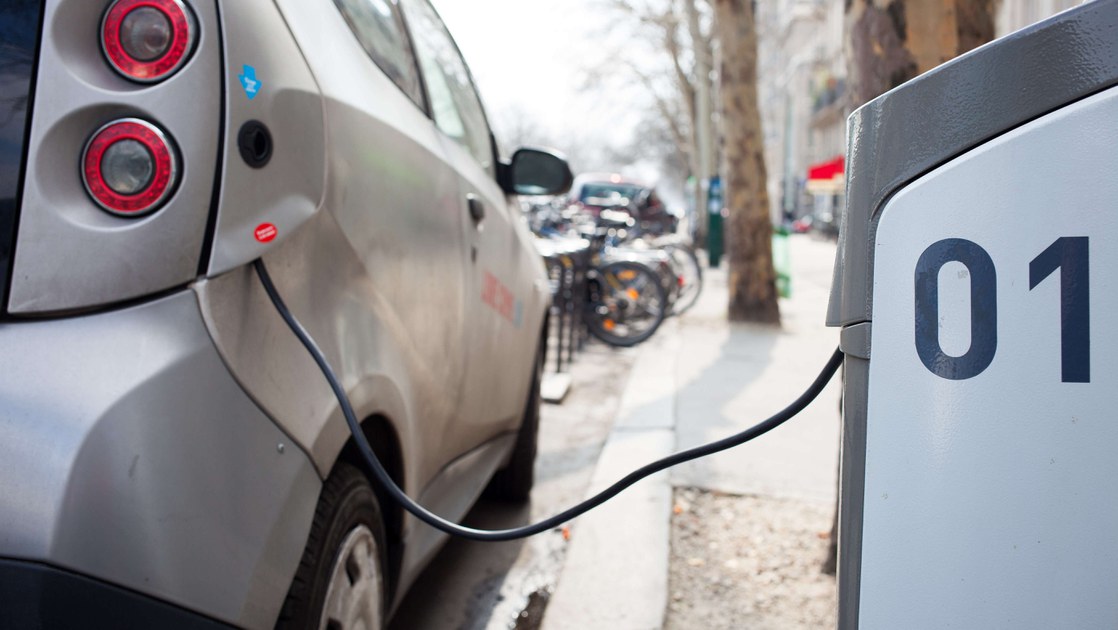- Nov 28, 2011
- 43,016
- 16,091
- 2,250
- Thread starter
- #41
Funny thing is, is that this stuff has been tried throughout the year's or centuries, and I bet that Jay Leno has the evidence in his vast collection of cars and their failures. Jet cars, EVs, steam powered and more. I know, I know, but, but, but, but they'll say it's different now therefore going against literally hundreds of years of tried and tested concepts that ended in what was the most practical, sustainable, affordable, reliable concepts that we use today, but somehow they know better.lol you have no idea at ll what he's talking about. That's par for commies and their Useful Idiots.
In real news, it takes 47 years for an EV to break even on it's production pollution; they don't even last 15 years. They never break even on total pollution produced. They produce twice the ozone per mileas well.
Nothing wrong with trying new thing's or concepts, but when it's linked to political power In hopes to control thing's all to the benefit of the few elites, when all the while the people in mass begin to suffer greatly is when we have a huge should have been avoidable crisis on our hands.
Last edited:


